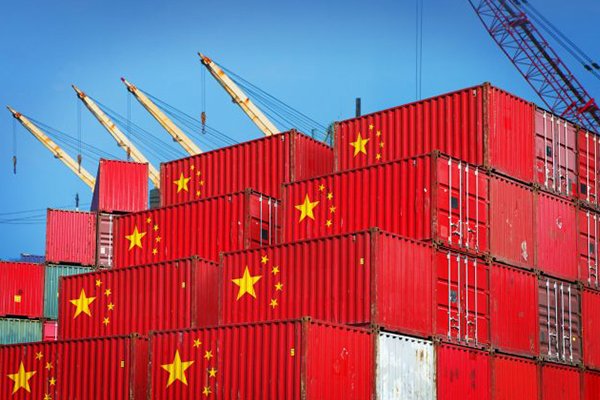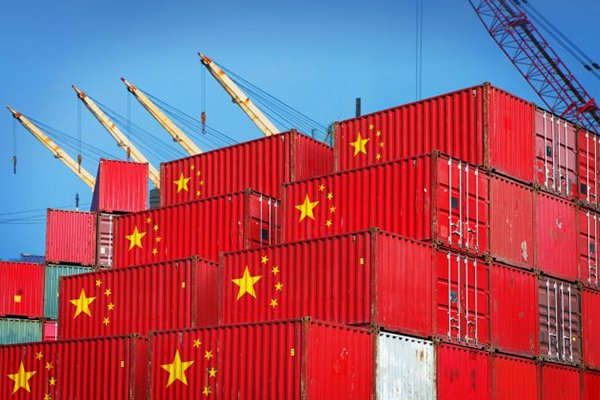Top Problems When Importing from China (and How to Avoid Them)

Importing from China can unlock incredible cost savings—but it also comes with pitfalls that can cost you time, money, and reputation.
From poor product quality to communication breakdowns and shipping delays, importers face common challenges that are preventable with the right strategies. This guide outlines the top problems when importing from China—and how to avoid each one.
Whether you’re sourcing power strips, consumer electronics, or lab equipment, these tips will help you import smarter and safer.
Quality Control Issues1: How to Prevent Costly Surprises
One of the most common complaints? "The sample was perfect—then the mass production was totally different."
Inconsistent quality is a major risk when importing, especially without clear product specs and inspections.
What Goes Wrong?
- Factories cut corners to reduce cost
- Materials differ from what was promised
- No final product inspection before shipment
How to Prevent It
- Use a detailed spec sheet with exact dimensions, materials, color codes, and finish requirements
- Request golden samples and get them signed and sealed by both parties
- Hire a third-party quality inspection (like SGS, QIMA, or TÜV) before shipment
- Use trial orders or partial shipments before scaling up
| Tip | Result |
|---|---|
| Pre-shipment inspections | Catches defects early |
| Clear QC checklist | Holds supplier accountable |
| Consistency in raw materials | Ensures product reliability |
Communication Gaps and Misunderstandings2
Even a single mistranslated word can lead to thousands of dollars in losses.
Language and cultural differences can turn a simple order into a costly mess.
Common Scenarios
- Vague answers like “no problem” masking confusion
- Time zone delays causing long feedback cycles
- Misinterpretation of critical terms like "waterproof" or "UL-certified"
Solutions
- Use simple, precise English (avoid idioms or slang)
- Summarize calls or chats with written confirmation
- Use annotated diagrams or videos to explain specs
- Stick to one communication channel (e.g., WeChat or email)
| Good Practice | Why It Helps |
|---|---|
| Visual instructions | Minimizes room for interpretation |
| Recorded confirmations | Provides proof during disputes |
| Local sourcing agents | Bridge language and culture gaps |
Hidden Costs in Shipping3, Duties, and Delays
Your $5 product suddenly costs $9 landed—what happened?
Surprise costs from freight, customs duties, and demurrage fees are a common headache.
Hidden Traps
- Incoterms4 not properly defined (e.g., FOB vs EXW)
- Misclassified HS codes leading to wrong duty rates
- Unexpected storage or customs clearance delays
Smart Strategies
- Clarify incoterms and shipping responsibilities upfront
- Use freight forwarders with experience in your country
- Request DDP quotes for total cost visibility
- Know your country’s import duty rates and documentation requirements
| Expense Category | How to Prepare |
|---|---|
| Shipping & Freight | Confirm port-to-port vs door-to-door |
| Duties & Taxes | Research applicable tariffs |
| Port fees & Delays | Choose reliable customs broker |
Choosing the Wrong Supplier5: Warning Signs to Watch For
All suppliers look great on Alibaba—but not all are legitimate or capable.
A poor supplier can ruin your brand with late shipments, defective goods, or even fraud.
Red Flags
- Too eager to close the deal with low prices
- No verifiable factory address or certifications
- Inconsistent communication or evasive answers
- Pressure to skip trade assurance or escrow
How to Vet a Supplier
- Ask for ISO, CE, UL, or RoHS certificates6 (check validity)
- Request factory audit reports or video tours
- Review transaction history, ratings, and buyer reviews
- Start with a small order or use platforms like Alibaba Trade Assurance7
| Vetting Step | Benefit |
|---|---|
| Ask industry-specific questions | Tests their real experience |
| Verify business licenses | Confirms legitimacy |
| Reference check with past clients | Reveals reputation & reliability |
Conclusion
Importing from China doesn’t have to be risky—if you take the right steps. By prioritizing clear communication, vetting your suppliers carefully, planning for hidden costs, and never skipping quality checks, you can build a smooth and profitable supply chain.
Start small, think long-term, and always protect your business with documentation and due diligence.
-
Understanding quality control practices can help you avoid costly surprises and ensure product reliability. ↩
-
Effective communication strategies can minimize misunderstandings and save you money during the import process. ↩
-
Being aware of hidden costs can help you budget accurately and avoid unexpected expenses. ↩
-
Understanding Incoterms is crucial for clarifying shipping responsibilities and avoiding hidden fees. ↩
-
Identifying red flags can protect your business from fraud and ensure you partner with reliable suppliers. ↩
-
These certifications ensure that products meet safety and quality standards, protecting your brand. ↩
-
Trade Assurance can provide financial security and peace of mind when dealing with suppliers. ↩







